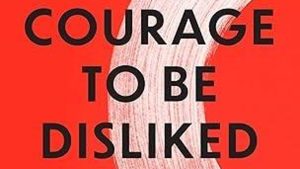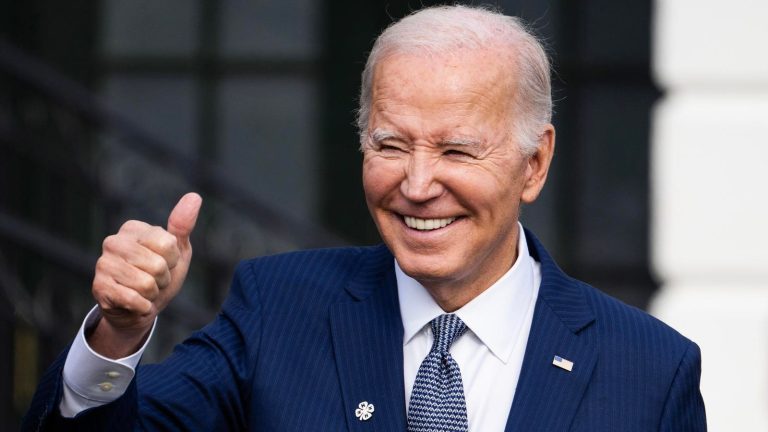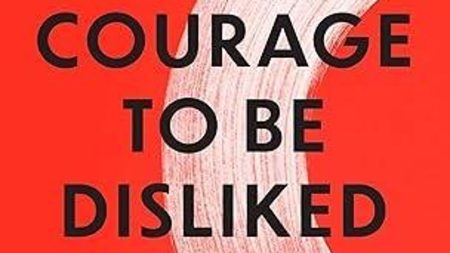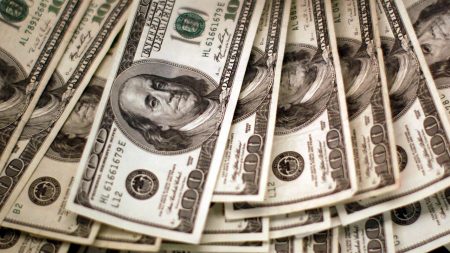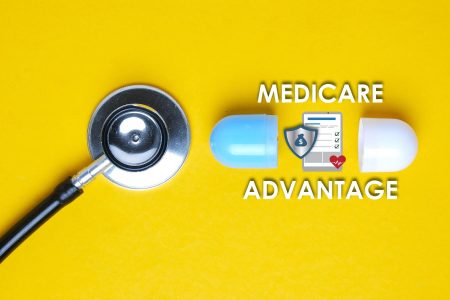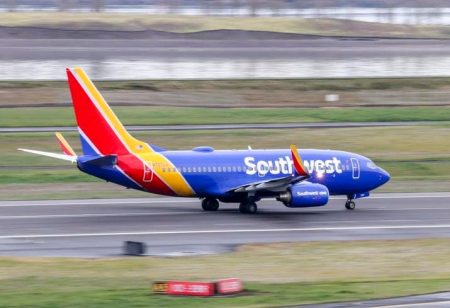The Biden administration is taking steps to broaden pathways to student loan forgiveness based on a borrower’s financial hardships.
Historically, student loan forgiveness based on general hardship has been elusive. Federal student debt relief programs can benefit those who are dealing with financial stresses or medical issues, but these have been narrowly tailored to very specific kinds of situations.
But changes are coming. And borrowers experiencing financial hardships may have more options than ever before.
Student Loan Forgiveness Programs Tied To Hardships Have Been Limited
There are several student loan forgiveness programs already available that can provide relief for those experiencing hardships. But even after recent reforms by the Biden administration, these programs are intended to benefit only those in certain circumstances.
Borrowers experiencing debilitating medical problems could qualify for federal student loan forgiveness via the Total and Permanent Disability discharge program. Those who were financially harmed by certain kinds of issues with their school — such as if the institution closed before they could graduate, or if officials made misrepresentations about key aspects of the degree or certificate program — can apply for student loan forgiveness, as well. And low-income borrowers can qualify for Income-Driven Repayment plans, which eventually provide student loan forgiveness after 20 or 25 years in repayment.
While these programs can (and do) benefit many, student loan forgiveness has remained elusive for those who are struggling with broader financial issues.
Student Loan Forgiveness Through Bankruptcy Discharge
One potential route to student loan forgiveness based on hardship is via the bankruptcy process. Eliminating student loan debt in bankruptcy is difficult, but not impossible. Borrowers must demonstrate that repaying their student loans would impose an “undue hardship” on them or their family, and they must initiate litigation (called an adversary proceeding) against their student loan lender within the bankruptcy process to get court approval for a discharge.
Demonstrating that a borrower meets the undue hardship standard in an adversary proceeding has historically been tough. Courts utilize different tests to determine whether someone meets the standard, but judges typically will evaluate whether someone can maintain a minimal standard of living if forced to repay their student loan, whether their hardship is expected to continue for a long time, and whether the borrower made good faith efforts to repay the loan before entering bankruptcy.
Last year, the Biden administration announced new bankruptcy guidance designed to make it a bit easier for federal student loan borrowers experiencing hardship to discharge their student debt in bankruptcy. Borrowers can submit a detailed financial attestation form, and government officials will then determine if, under the guidance, the borrower meets the undue hardship standard. If so, the government would not oppose a discharge request. According to data released by the Education Department earlier this month, the program is seeing some success, although the numbers of individuals pursuing this route have been fairly limited so far.
Student Loan Forgiveness Based On Hardship Under New Biden Plan
Meanwhile, the Biden administration is developing a new student loan forgiveness plan under the Higher Education Act. Officials are hoping that this new program will be on stronger legal footing than the one that the Supreme Court struck down last summer.
The new student loan forgiveness program is still under development, but the Education Department is focusing on providing student debt relief to five categories of borrowers. Four of them are highly specific, while a fifth would be based on hardship.
At a public hearing earlier in November, a committee tasked with reaching consensus on the parameters of the new student loan forgiveness program discussed what kind of hardships could qualify a borrower for relief. The committee and the Education Department are eyeing individuals who could be easily identified as experiencing hardship without the need for lengthy, personalized reviews. The committee considered those who are receiving public benefits — such as health care subsidies, food stamps, or Medicaid — as they would already have had to demonstrate to a different government agency that they are experiencing financial hardship in order to qualify. The committee also discussed whether a borrower’s bankruptcy or disability status, age, history of low or $0 income-driven repayment plan payments, or prior Pell Grant eligibility could be sufficient indicators of hardship to qualify someone for student loan forgiveness.
The stakeholder committee will meet again in early December, after which the Education Department will publish final regulations governing the new student loan forgiveness program. Borrowers should have a much better sense as to what this program may look like — and what hardships may qualify — sometime in 2024.
Further Student Loan Forgiveness Reading
More Jobs Eligible For Student Loan Forgiveness Under Expanded Rules
These Student Loan Forgiveness Updates Will Impact 9 Million Borrowers Or More
Student Loan Forgiveness Could Happen If You Graduated In These Years
Didn’t Get A Student Loan Forgiveness Email? 7 Possible Reasons Why
Read the full article here
